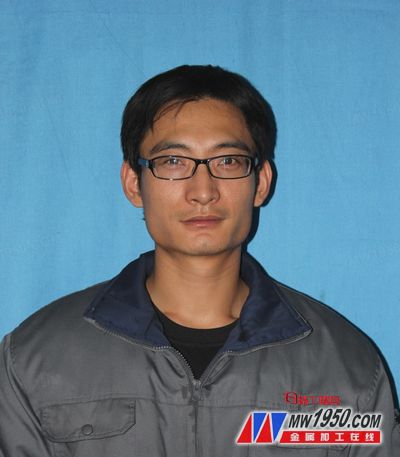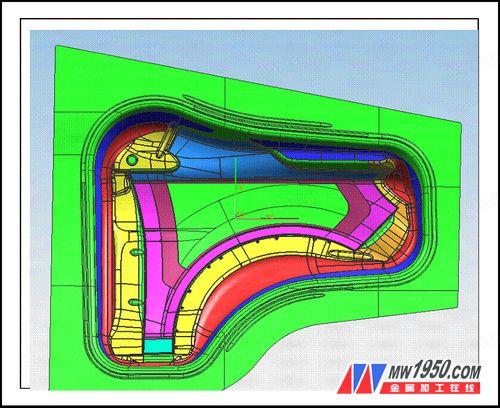
Dai Zengliang, Director of the Programming Technology Section, Mould Center, Great Wall Motor Co., Ltd.
Today, automotive companies are moving towards a more sustainable and safe manufacturing process. This shift has increased the demands on mold quality, not only in terms of surface finish and dimensional accuracy but also in ensuring that the formed parts are stable and safe. It is crucial to analyze the dangerous and safety zones within the forming curve. Therefore, simply relying on traditional manufacturing methods is no longer sufficient. Instead, we now focus on achieving consistent quality and stability through more advanced and refined manufacturing processes.
As molds continue to evolve, the technology behind automotive equipment has transitioned from a labor-intensive model dominated by fitters to a more modern, design-driven production system. The advancement of mold manufacturing technology has shifted many challenges—such as debugging and optimization—from the physical shop floor to the digital design stage. This approach is now widely adopted, and the traditional view of mold production is gradually being replaced by high-tech management strategies (see Figure 1).

Figure 1
The shift toward advanced technologies has made the production process more efficient and precise. From initial design to subsequent analysis, including springback compensation, outer impact line, drift line, and sharp edge analysis, every step is now digitally supported. Based on CAE analysis, adjustments are made according to real-world testing results, allowing problems to be simulated on computers. This enables us to develop correction plans that guide on-site adjustments effectively. Additionally, strain difference cloud maps from CAE analysis can be compared with actual parts, enabling detailed mesh strain analysis for better quality control.
With digital-analog design technology (see Figure 2), we consider material thinning and dynamic elastic deformation of the mold during the drawing process. This ensures that the mold surface remains uniform after NC machining. When material thickness varies, uneven gaps between the profile and sheet metal can affect the coloring rate of the part. By using sheet metal stamping CAE analysis to determine the required forming force, we apply it directly to the lower mold. As a result, the lower mold becomes concave, and before NC machining, we take into account factors affecting the mold clamping rate, compensate the die surface accordingly, reduce manual training, and improve overall efficiency.
In addition, virtual mold clamping technology (see Figure 3) uses fast data acquisition to collect and analyze key parts of the mold. This allows for virtual clamping simulation, offering an intuitive way to assess actual clamping gaps. By collecting data before actual mold clamping, we can identify and resolve issues early, significantly reducing the commissioning time of hydraulic machines.

Figure 2
Stirrer,Magnetic Stirrer,Magnetic Stir Bar,Overhead Stirrer
Zenith Lab (Jiangsu) Co.,Ltd , https://www.zenithlabo.com